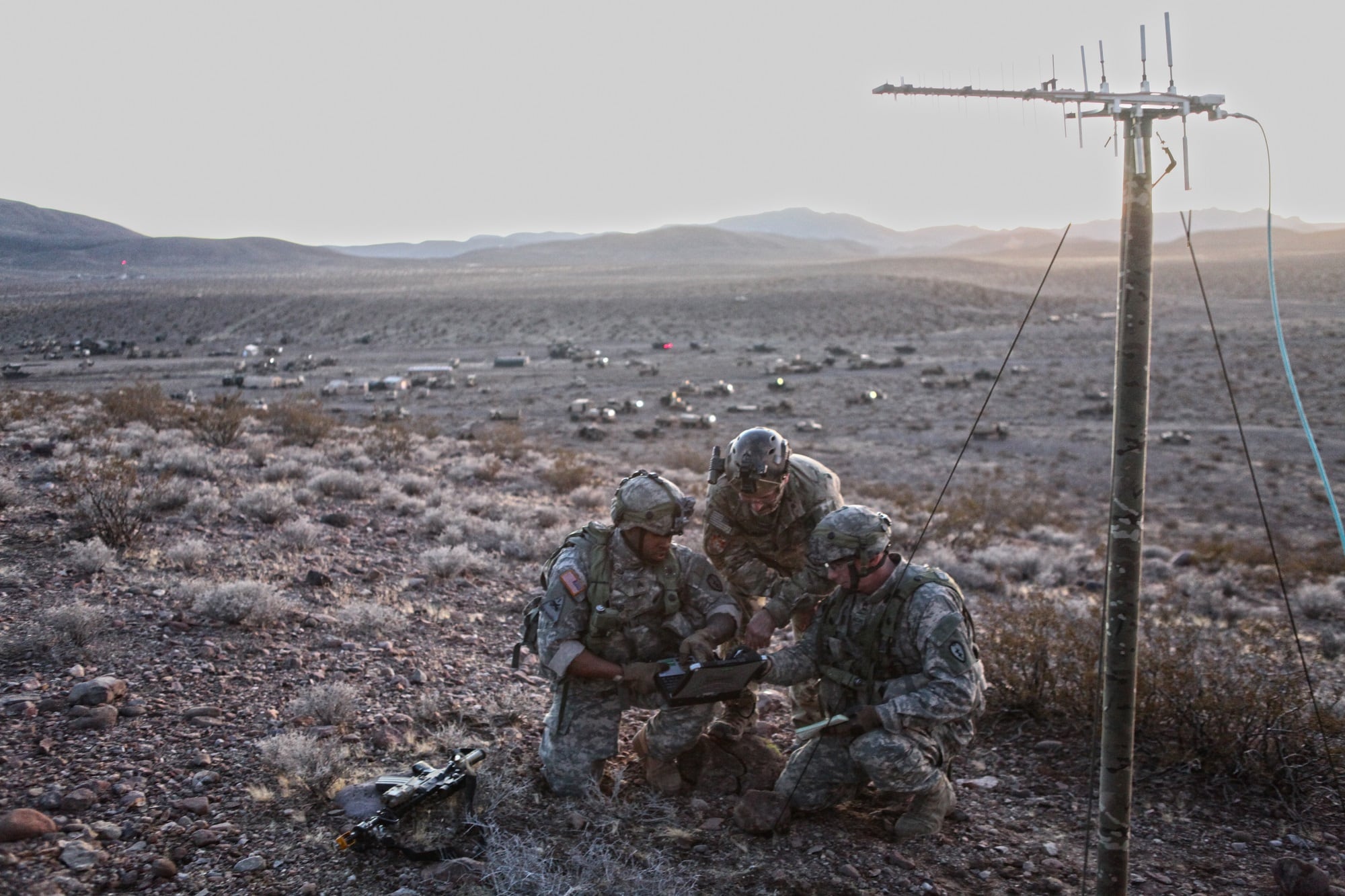Unlike in the counterinsurgency fight of the last 18 years, the Department of Defense’s focus on Russia and China has forced leaders to confront the idea that the military may not be superior in all aspects of war. This may be especially true in the electromagnetic spectrum.
“We can no longer assume dominance in the electromagnetic spectrum and what that means in practice for us is that we have three dimensions that we have to deal with. We have spectrum that’s congested, spectrum that’s contested and spectrum that’s constrained,” Gregory Wagner, director of the Defense Information Systems Agency’s Defense Spectrum Organization, told C4ISRNET.
Wagner said that these three dimensions — constrained, contested and congested spectrum — will all surface in great power competition while in the wars of the last decade leaders generally only worked against two of those factors.
Now forces and commanders have to be more agile and flexible, Wagner said.
He explained that across the military, leaders make decisions faster regarding their use of spectrum and to do that, they need improved command and control tools as well as additional information.
This is where Wagner’s outfit helps.
Officials at the Defense Spectrum Organization are trying to move to the cloud and piggyback on other Department of Defense efforts. This could mean helping the Pentagon’s top IT leaders with modernization projects associated with artificial intelligence and machine learning and how to address the spectrum challenges for commanders. This includes “better awareness of how we’re using the spectrum, better awareness of the operational constraints that are being put on the spectrum in one of those three dimensions,” he said.
They also have a project called the Electromagnetic Spectrum Enterprise Architecture that describes the data flow between services and between and the joint force. In addition, DISA officials maintain a “one-stop-shop” that commanders, both joint force and service specific, can access for curated spectrum data. For example, this group could provide information on what an organization’s spectrum footprint should look like based on military doctrine. Such data would allow a commander to better understand their terrain and better command and control their forces.
Think about a joint command. A leader would likely need to know all the forces in their operating area — land, sea or air — while an Army brigade commander would only be interested in their formation but might want to drill down as far as company or platoon level, Wagner said.
This also allows commanders to be more precise in their decisions. To act as a deterrent, Wagner said, maybe commanders want adversaries to know they’re in the spectrum. Or maybe not. By knowing their own footprint in the spectrum, they are able to better calculate their next move.
Mark Pomerleau is a reporter for C4ISRNET, covering information warfare and cyberspace.








